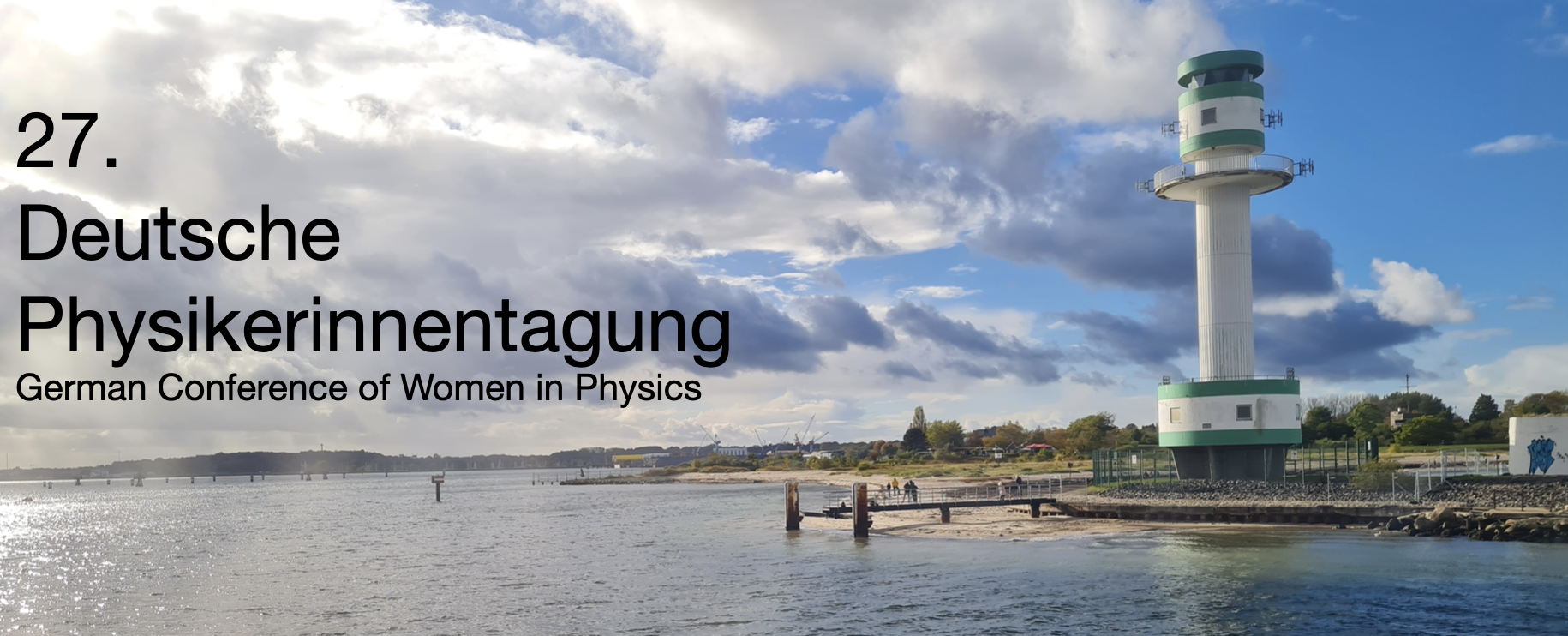Speaker
Description
Controlling light–matter interactions at the molecular level is a fundamental challenge in physics, with broad implications for chemistry and material science. Selective electronic excitation becomes particularly challenging within molecular mixtures, especially when species share nearly identical UV/VIS absorption spectra. We demonstrate how Vibrationally Promoted Electronic Resonance (VIPER) spectroscopy enables such control by combining infrared (IR) and UV/VIS light pulses to target specific molecular subpopulations. The IR pulse targets specific molecular vibrations, shifting the electronic absorption band of selected molecules, allowing the UV/VIS pulse to excite only those of interest.[1-3]
Using 2D vibrational-electronic (2D-VE) spectroscopy, we explore how IR light modulates electronic absorption spectra via vibronic coupling in real time. Our model system—a coumarin substrate in dynamic equilibrium with a hydrogen-bonded catalyst—shows that this approach can distinguish and selectively address free vs. bound substrate. Selection can be based on direct vibronic coupling or on vibrational energy transfer from the catalyst to the substrate.
These findings highlight how light can be used not just to probe but to selectively control chemical reactions, offering new possibilities for studying and steering molecular interactions in complex environments—especially relevant for applications like photocatalysis.
[1] L. J. G. W. van Wilderen, A. T. Messmer, J. Bredenbeck, Angew. Chem. Int. Ed. 53, 2667 (2014).
[2] M. Horz et al., J. Chem. Phys. 158, 064201 (2023).
[3] J. van Cosel et al., J. Chem. Phys. 147, 164116 (2017).

